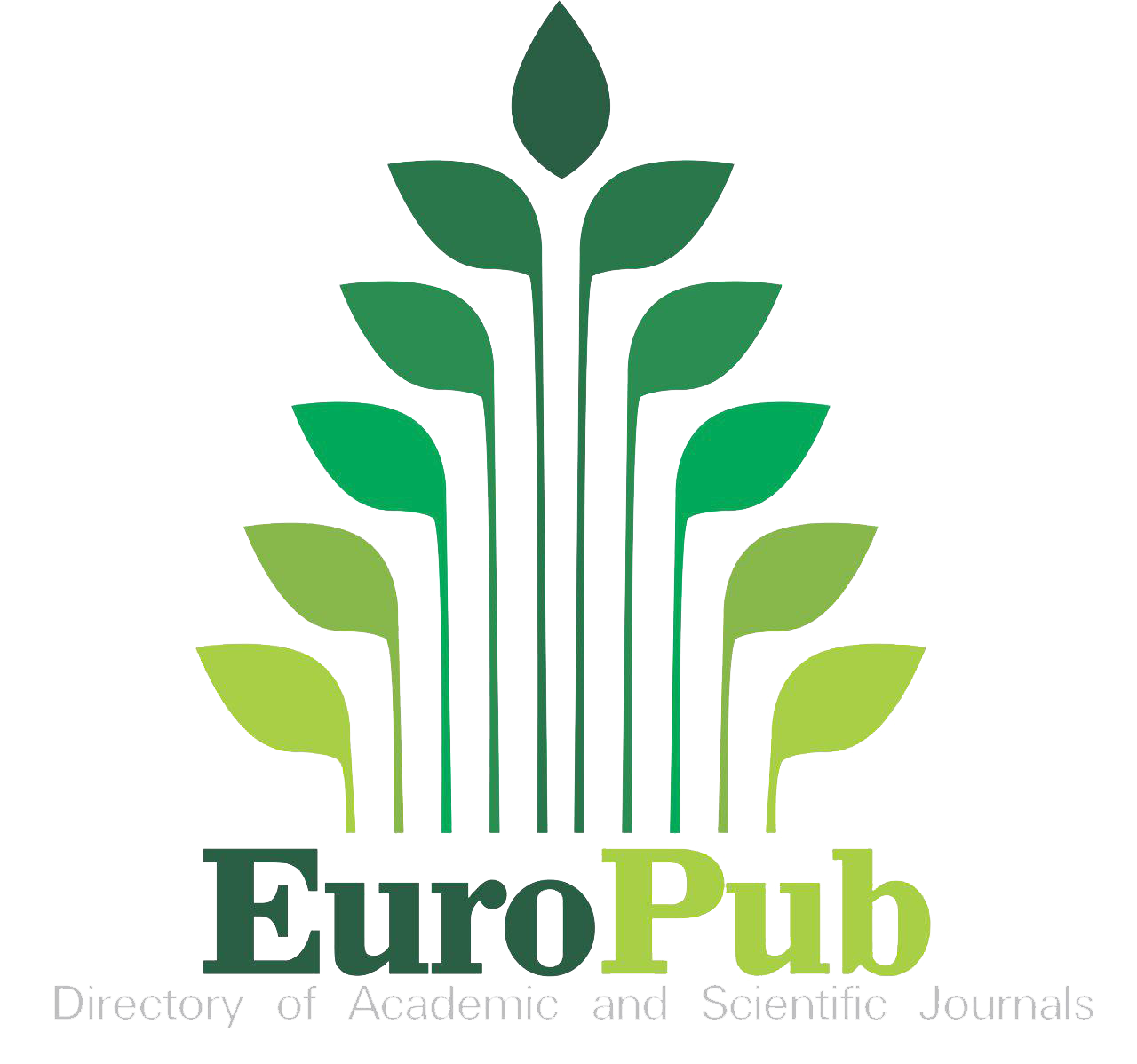PERINATAL HYPOXIA IN NEWBORNS
10.12.2023
International Scientific Journal "Science and Innovation". Series D. Volume 2 Issue 12
Abstract. A comprehensive study of clinical and neurological changes in newborns in the relationship between the nature and duration of perinatal hypoxia (PH) was carried out. To assess the state of clinical and neurological changes, 52 newborns who underwent perinatal hypoxia were examined.
The anamnesis of mothers who underwent combined perinatal hypoxia was significantly worse than in the group of children with acute asphyxia. Anemia, acute respiratory viral infection (ARVI), preeclampsia, fetoplacental insufficiency (FPI), the duration of the anhydrous interval, pathological childbirth served as predisposing factors contributing to the development of perinatal hypoxia. For an objective quantitative assessment of the dynamics of the neurological status of newborns, the "Scoring of the severity of perinatal encephalopathy", developed at the Research Institute of Pediatrics of the Russian Academy of Medical Sciences by A.A. Stepanov (1998), was used. It is based on an integrated assessment of motor activity, innate reflexes and behavioral reactions of newborns, taking into account the quantitative characteristics of each newborn. The data obtained indicate that the duration of hypoxia, the state of health, the course of pregnancy and childbirth in the mother determine the severity of perinatal brain damage and affect the severity of clinical and neurological patterns. Combined perinatal hypoxia leads to deeper brain disorders and contributes to the formation of two or more syndromes in one child.
Keywords: dynamics, clinic, neurology, index, newborn, perinatal, hypoxia
References:
1. Stepanov A.A. Ball assessment of the severity of perinatal encephalopathy// Russian Pediatric Journal/1998 No. 6. pp.46-47
2. Mukhamedova Kh.T., Shamsiev F.S., Turdieva D.E. Neurosonography in the early diagnosis of hypoxic-ischemic encephalopathies in newborns. //In the book. Materials of the International scientific conference. "Family Health - XXI century". Perm (Russia). - MARMARIS (Turkey). - 2001. P.113.
3. Mukhamedova Kh.T., Turdieva D.E., Tashmukhamedova B.E. The effectiveness of immunostimulating therapy in the treatment of newborns with hypoxic brain damage. //In the book. Materials of the 4th Russian Scientific Forum. - "Protection of the health of the mother of the child 2002". - Moscow - 2002. P.247-248.
4. Особенности иммунного статуса новорожденных с перинатальными поражениями центральной нервной системы. ХТ Мухамедова, ДЭ Турдиева, ФА Назарова Иммунопатология, аллергология, инфектология, №4 2003.С..17-20
5. Finger A.B. Hypoxic-ischemic encephalopathy of the newborn. 2nd ed. M.: "MEDpress-inform", 2006.
6. Shabalov N.P. Neonatology: Textbook in 2 volumes. T. I. 4th ed. M.: MEDpress-inform, 2006.
7. Volodin N.N. Neonatology: a national guide. M.: GEOTAR - Media, 2007.
8. L.N. Karpova, T.E. Taranushenko, A.B. Salmina et al. Clinical and metabolic features of cerebral ischemia in term newborns with anemia. Pediatrics / 2011 / Volume 90 / No. 1.S. 24-29.
9. T.V. Melashenko, A.V. Pozdnyakov, T.A. Alexandrov Neuroimaging of the brain in full-term newborns with hypoxic-ischemic encephalopathy. Pediatrics / 2016 volume 7 / No. 3. pp. 157-160.
10. Perinatal lesions of the central nervous system in newborns: textbook / Z. A. Lyutaya, A. I. Kuselman, S. P. Chubarova; ed. prof. A. I. Kuselman. - Ulyanovsk: UlGU, 2016. - 100 p.
11. Simchenko A.V. Features of the course of the neonatal period in full-term newborns with hypoxic-ischemic encephalopathy//Actual issues of obstetrics and gynecology in Belarus. Medical News /2018 No. 5.S.37-40.
12. 12.Comparative analysis of peculiarities of adaptation of babies
13. K Akramova, D Turdieva, D Akhmedova
14. Journal of Advanced Research in Dynamical and Control Systems 12 (2), 2020, Р.2735-2740
15. Акрамова Х., Алиева Н., Турдиева Д. (2023). Уровень нейротропных аутоантител у новорожденных. Актуальные вопросы практической педиатрии, 1(1), 23–25.







